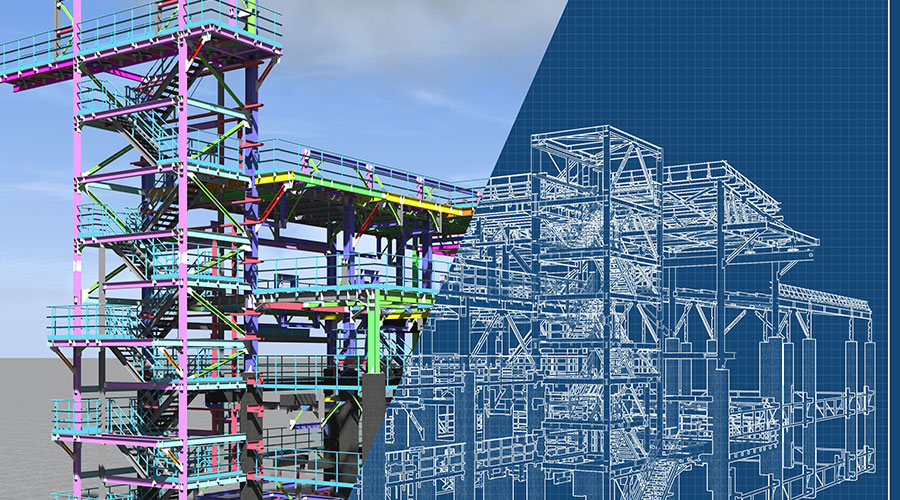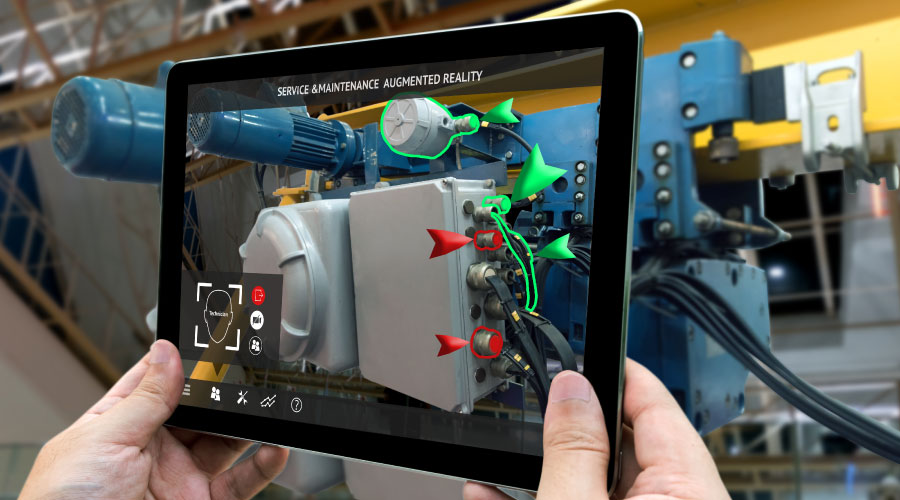Setting the Stage for BIM
Large projects have adopted BIM, but why haven’t more facility managers embraced the technology?
The emergence of building information modeling (BIM) 40 years ago offered the promise of integrating structured data from across many different disciplines into a digital model of a facility. It offered the promise of gathering data related to a facility’s design and construction and transferring it to management and operations departments for use in improving building performance.
How much has the facility management market implemented BIM, and what does the future hold for managers seeking to tap into its benefits? The answers to these and other evolving questions will likely impact the sustainable, efficient and cost-effective performance of institutional and commercial facilities.
The allure of BIM
The potential benefits of BIM have attracted the attention of owners and managers looking to tap into data generated during the design and construction of their facilities.
“Owners see their capital projects realized in BIM for design and construction and start to investigate how that model and data could be continuously supported in FM and operations,” says Allen Angle, VDC-FM integration manager with JLL. “They question how that data and/or model might be integrated into their commercial real estate and operations and maintenance technologies and workflows. That curiosity has led to better project deliverables and more in-depth O&M data on assets and has allowed for faster decision-making based on better data and visuals.”
But the adoption of BIM for facility management has hardly been uniform.
"We have not seen wide adoption of BIM being used in facility management and operations,” says Adam Roth, BIM/VDC director with Henderson Engineers. “Obviously, there is a lot of software being utilized in facility management and operations, but the data produced by the design team and then also the construction team in the BIM software is often not translated over to facilities management and operations.”
Where has BIM made inroads into facilities management?
“The biggest market that we see for BIM is in large projects,” Roth says, referring to airports and convention centers. “We're starting to see more at the prototypical level. We do a lot of retail and grocery work, and a lot of that is AutoCAD, automated design. We are just starting to get into transforming all that into prototypical databases instead of prototypical drawings, and it's a different mindset, a different deliverable.”
The more complex the project, the more likely it is that BIM has made its way into a facility’s design and construction phase and, ideally, its management and operations.
"Highly complex projects that require high levels of coordination rise to the top of the list -- healthcare, manufacturing and data centers, to name a few,” Angle says. “Projects or even renovations with a larger mechanical component also benefit from BIM, as well as areas or buildings with spatial restrictions related to physically small or tight spaces.”
Challenges and changes
There is little doubt about the potential benefits of BIM for transferring a facility’s design and construction data to its management and operations. What’s the holdup?
"One of the greatest roadblocks for the use of BIM and facilities management is the ability to transfer information from one platform to the other,” Roth says. “Often, the data is in different formats, different syntaxes, and you have to basically write a custom translator between a BIM database and a CMMS database for that to work. Oftentimes, it's just not worth the effort to do so.
"If we turn over a very pretty data set and data visualization software and then nobody uses it, they're not going to see the value out of that. The first thing that needs to change is the expectation from the owners and facilities managers that they will receive good data and that data is actually valuable and useful.”
Building an effective conduit between the design and construction teams and the facility maintenance and management team is essential to the expanded use of BIM.
"Having good standards that can be explained and exchanged to the design and construction team is crucial so structured data related to that owner’s standards and needs can move from conceptual design right into operations,” Angle says, emphasizing that both parties need to speak a common language to ensure an owner-driven process.
“Just having a model that is developed by design and construction to benefit them and the owner for design intent and constructability in most cases does not touch the full need of an owner for the building's lifecycle and moving data from those two phases into operations,” he says. “Until a common language can be spoken between the architecture, engineering and construction team and owner, delivering for the building lifecycle is compromised.”
Dan Hounsell is senior editor for the facilities market. He has more than 30 years of experience writing about facilities maintenance, engineering and management.
Related Topics:













